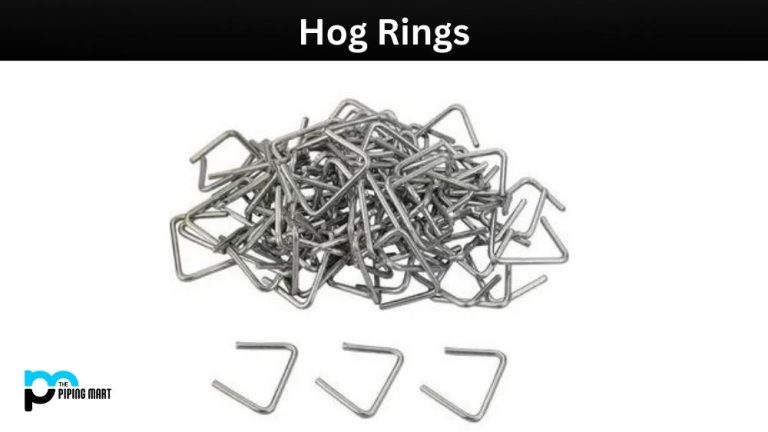Powder Coating Chrome vs Chromoly
Powder coating is a finishing process in which a dry, finely ground powder is electrostatically applied to a surface. The coated object is then heated to fuse and cure the powder into a smooth, durable, and protective coating. Although chrome is not usually powder coated as often as other metals such as steel and aluminum, powder coating chrome is something that can be done. However, much care needs to be taken in the preparation of the surface. Thorough surface preparation is necessary for proper adhesion to happen due to chrome’s smooth and non-porous surface.
Powder coating chrome can prove to be a more involved process than powder coating other non-plated metals. As a result, chrome is usually avoided for powder coating. However, as a simpler alternative, powder coating also exists for chromoly, often a material that is compared to chrome due to its similar polished surface and presence of chromium in the composition. Chrome is not currently offered by SendCutSend, but powder coating for chromoly is available.
Is it Possible to Powder Coat Chrome?
Chrome’s smooth and non-porous surface can hinder adhesion, so proper cleaning and sanding or abrasive blasting are necessary to strip the surface of chrome and create a textured surface that promotes adhesion. Applying a specialized primer formulated for chrome is something else that is usually required. A primer establishes a bond between the chrome and the powder coating. Once the primer is applied, the powder coating can be electrostatically applied and cured in an oven to create a durable and even finish.
Also important to keep in mind, some chrome-plated parts are not capable of withstanding high temperatures. Chrome itself is usually applied in plating, and if the part underneath the chrome plating cannot stand up to temperatures of about 350 degrees Fahrenheit, they should not be powder coated. High temperatures are necessary in the powder coating process in order to get the coating to adhere to the surface. For this reason, we would not recommend powder coating chrome unless the part underneath the chrome can withstand the high temperatures, and it is critical for the part to be powder coated for its intended application, as it would in fact still provide scratch resistance.
Is It Better to Paint Or Powder Coat Chrome?
Whether it’s better to paint or powder coat over chrome depends on the specific application and desired results. Powder coating is often preferred for several reasons. It provides a more durable and long-lasting finish compared to paint, making it highly resistant to chipping, scratching, and fading. This can be very beneficial for items such as outdoor chairs, benches, or tables. Some automotive components could also benefit from powder coating. An example of this could be powder coating an old chrome bumper or powder coating chrome wheels in order to change the color. Care should be taken to ensure that the underlying material beneath the chrome can withstand the high temperatures associated with powder coating.
Powder coating also creates a thicker, more even coating, which can be beneficial for things in harsh environmental conditions or mechanical stress. Moreover, powder coating is an eco-friendly process as it doesn’t emit harmful solvents. However, as already mentioned, powder coating chrome has a more involved and expensive surface preparation process that often includes stripping, cleaning and sandblasting.
Alternatively, painting can be a suitable option for certain projects when intricate designs, custom colors, or a thinner finish are required, but resilience, extreme durability and resistance are not. This can be beneficial for items such as indoor ornaments, or plastic components that would otherwise melt if subjected to a powder coating process.
Ultimately, the choice between paint and powder coating should be made based on the specific needs of the project.
Powder Coating Chromoly
Chromoly, short for “chromium-molybdenum steel,” is a type of alloy steel known for its exceptional strength-to-weight ratio and high tensile strength. It’s created by alloying steel with chromium and molybdenum, resulting in enhanced mechanical properties. It’s often used when more strength is required than that of mild carbon steel, though it often comes at an increase in cost. Chromoly‘s key characteristics include excellent durability, making it well-suited for applications demanding strength and resilience, such as in aerospace and automotive. Its notable properties encompass high tensile and yield strengths, good corrosion resistance due to the chromium content, and improved toughness due to the molybdenum addition. These properties make chromoly a preferred choice for constructing lightweight yet sturdy structures that can withstand heavy loads and challenging conditions.
Some structures commonly made of chromoly exist in the aerospace, automotive, and cycling industries. In aerospace, chromoly is employed for constructing aircraft components, such as landing gear and engine mounts, due to its excellent strength-to-weight ratio. In the automotive sector, it is often used for roll cages and chassis components for racing and off-road vehicles, where strength and safety are paramount. Additionally, chromoly is a favored material for high-performance bicycle frames because it offers a lightweight yet sturdy frame structure, ideal for competitive cycling.
Powder coating chromoly steel instead of chrome surfaces offers distinct advantages stemming from the material’s properties and the coating process. Chromoly’s enhanced durability and strength, coupled with its textured surface, create a better surface for powder adhesion compared to the typically smoother chrome surfaces. Chromoly’s excellent tensile strength and toughness make it an ideal choice for applications subject to stress, and powder coating further amplifies its corrosion resistance. In contrast, powder coating over chrome requires meticulous surface preparation due to chrome’s non-porous nature, demanding sanding, priming, and careful curing to achieve adhesion. The results of powder coating chromoly are typically more reliable, with improved resistance to impacts, abrasion, and environmental factors, while coating over chrome might struggle with adhesion and long-term durability. Ultimately, powder coating chromoly enhances both the surface’s inherent properties and the protective qualities of the coating, resulting in a higher-quality, longer-lasting finish.
Giving Bold, Long-Lasting Finishes and Protective Layers to Your Parts
SendCutSend’s powder coating services are fast and easy with multiple finishes and colors available – simply add it to your order with no minimum quality! Colors and finishes available are matte black, gloss black, wrinkle black, gloss white, gloss red, gloss yellow, and emerald green. Custom powder coating gives your laser and waterjet cut parts a bold, long-lasting finish and protective layer which provides corrosion, oxidation, and damage resistance. We currently offer several grades of aluminum, steel, and stainless steel for our in house powder coating – including chromoly!
One could DIY powder coat, but doing that requires an investment in equipment, has a learning curve for achieving professional results, and may have longer turnaround times compared to outsourcing. Additionally, complex or large-scale projects may be challenging to handle on your own. For these reasons, generally the limitations outweigh the benefits of DIY powder coating.
SendCutSend is a great example of a provider that could tackle outsourced powder coating projects. You would receive access to professional expertise and specialized equipment and greatly increase the chances of consistent and high-quality results. Outsourcing saves time and resources, especially for large-scale or complex projects, while also providing the convenience of quicker turnaround times.
To summarize, the advantages of powder coating chromoly instead of chrome are improved reliability, resistance to impacts, good adhesion, and long-term durability. Powder coating chromoly enhances both the surface’s inherent properties and the protective qualities of the coating, ensuring high-quality and long-lasting parts.


